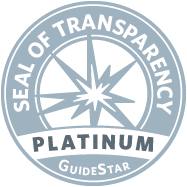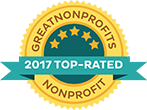I always assumed veterans were well taken care of by the government and lived out the rest of their life enjoying the freedoms they risked their lives to protect while in service. I rarely heard the term "veteran" growing up, despite having an uncle that was enlisted in the Army in his youth. For quite some time he was the only reference I had to the veteran community, even though he seldom used the term. This of course changed one day while I was in South Carolina, my home state, in the employment office with a friend. I saw a white male who appeared to be well into his thirties wearing an oversized business suit, talking to a counselor about employment. He seemed desperate to find a job as the clerk asked him questions about his employment history. I overheard him mention that he left the Army over a year ago with an honorable discharge. The thing that stuck with me the most about this Soldier was when he looked at me and said "I guess civilians don’t need people to blow stuff up like the Army does". He said it with a smile on his face but behind the facade you could tell that this was a serious issue to him. I did not realize it then, but I now know that he suffered from a lack of knowledge of his true value both by himself and by the community.
The government gives us extensive and costly training that the average civilian may never encounter. Despite all of the training we receive to make us exceptional service members, it must be understood that the primary goal of the DoD is to DEFEND the country. As Al pointed out to me, it is the community that holds the task of welcoming those that served back into the community. However, due to a lack of awareness, that rarely happens.
When I left active duty in December 2007 after serving honorably for 4 years in Supply Administration, I went back to school immediately. I hit a few bumps in the road but they are not worth mentioning next to some of the hardships that I read about by other learners. I will say this though; military service and civilian life are two distinct ways of living. I may, for the sake of the program elaborate on this topic in later chapters as I said before.
I received an email from MOBCOM (the liaison for inactive reserve members) of a center opening up in Fallbrook that provides help to Veterans transitioning back into civilian life. I would need a job at the end of the semester, so I decided to call the number listed. A few days later I found myself in an Apple Bee’s listening to Al talk about the program. My first impression mixed as he seemed very driven toward a goal and well educated. He also seemed very sure of himself almost "car sales man" sure. He must have noticed that because he mentioned he didn’t want anything from me. In fact it was he that was going to help me. He told me he would be with me from the "cradle to the grave" which I thought to myself "what did I get myself into this time"? Luckily, by the end of our meeting that changed and we set up a time to do the 4 hour orientation.
Before I go any further, let me point out that I could easily just live my life the way it is now. I have no complaints compared to a homeless veteran or any other less fortunate members of society. My philosophy on self-improvement is derived from the fact that I know if I remain in the position that I am in, I will not have much to offer to any one other than those closest to me. So my drive for improvement is underlined by the desire to help create opportunity for others. I sometimes get so caught up in the struggle to improve myself that I forget that. This whole process has reminded me of that goal.
The first hour of the orientation, I was shown around the center. My first impressions were that it was yet another "secret" resource for Veterans lucky enough to stumble upon it. Al mentioned the small, manageable size of the center was intentional, better to have multiple 500 sq. ft. facilities spread about than fewer 1500 sq. ft. sites. I was then asked to provide a DD214 stating an honorable discharge from at least 180 days of consecutive days of service. As we sat in the conference room, Al talked about some of the reasons for doing all this. He gives me a sense of where he came from and asked me to share my past as well. This was to get a better idea of how where I’d been to get the best direction of where to go. I was then introduced to the cornerstone of SWVBC and that is the 14 step program that each learner is to participate in. The program challenges the learner to write a book of 225 pages with 450 number pages that represent 416 hours of study in our reintegration back into society. I didn’t think my story would be worth telling but Al assured me each unique story is valuable in its own way.
Al gave me the opportunity to reschedule the remaining hours or to continue. I was anxious to hear more based on the outline he had given me to read, so we pushed forward. He told me the difference between a "Learner" and a "client" which did make a psychological difference in how I saw the program. This is when I started to see the "thinker" in Al wisdom of his experiences started to show. At this point I couldn’t have stopped if I tried because I love learning new ideas, I just have to learn to share more of them (but that will be covered in my next chapter, "who am I"). We then talked about conducting oneself as a business would, literally. Commitment, credibility, and willingness to compose thoughts were explained to be valuable to growth of your business. Then he introduced some models he used in business starting with the S.W.O.T. analysis. It is basically a compass for your business (you) and is meant to help identify components of whatever you plan to analyze. The "S" is for strength which for me was my willingness and eagerness to learn for example. The "W" is for weakness, which takes some courage to explore. My weakness would probably have to be stagnation from fear of not knowing enough. The "O" is for opportunity and my example the lack of societal awareness of the knowledge that interests me. "T" is for threat and my example would be my credibility for presenting such knowledge. This is one of the many powerful tools that Al is exposing us learners to I wanted to know more so we proceeded with the next and final hour.
This hour to me was the most interesting because this is when Al finally revealed the real business models, all of which I will briefly describe. He started with a chessboard, in which you represent the king (in range of motion). I could relate to this because I like to play chess and understand the moves kings are allowed. At any given time 4-9 moves are possible which represent your available options in life. P.I.E. factor was next and explains the physical, emotional and intellectual way people respond to a given situation. The aim is to be equal in each of the three areas. The "science of the hunch" teaches one to learn, unlearn and relearn information. The 3 pillars of e-commerce show the relationship between the existing and open markets. Tile-to-carpet shows the formulas of market penetration. All these models come together to from the "domain of the brain" which I think is ingenious in both theory and application. A whole community of veterans based on this model will be a force to be reckoned with and will have the tools to make monumental change. I like the vision Al has; to create a paradigm shift in the veteran community. I don't think it will stop there though. I think this will serve as an example of how we can come together to solve our social problems we all as US citizens face today. This program feels powerful and already I can see the potential it holds for all who participate. Though it is far from complete and needs the communities to recognize and help build it, I can see this program reaching further than Al could even possibly imagine.
I thank you for reading my entry, and invite you to read my next chapter, "Who Am I", which I will post on a later date.
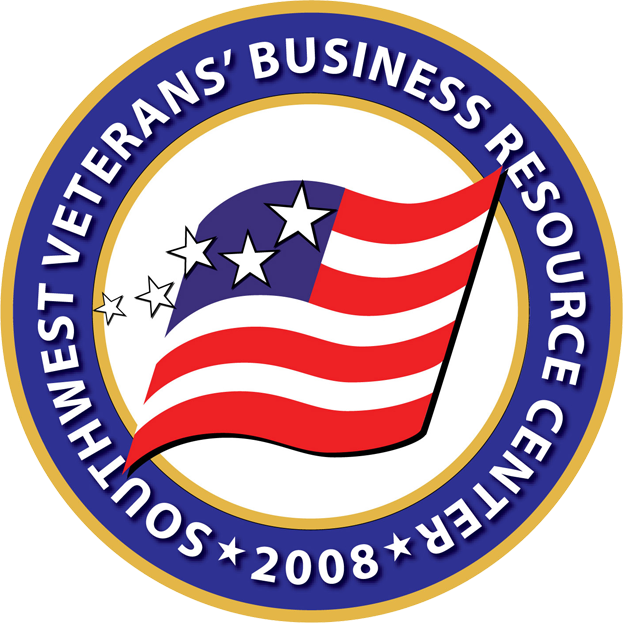
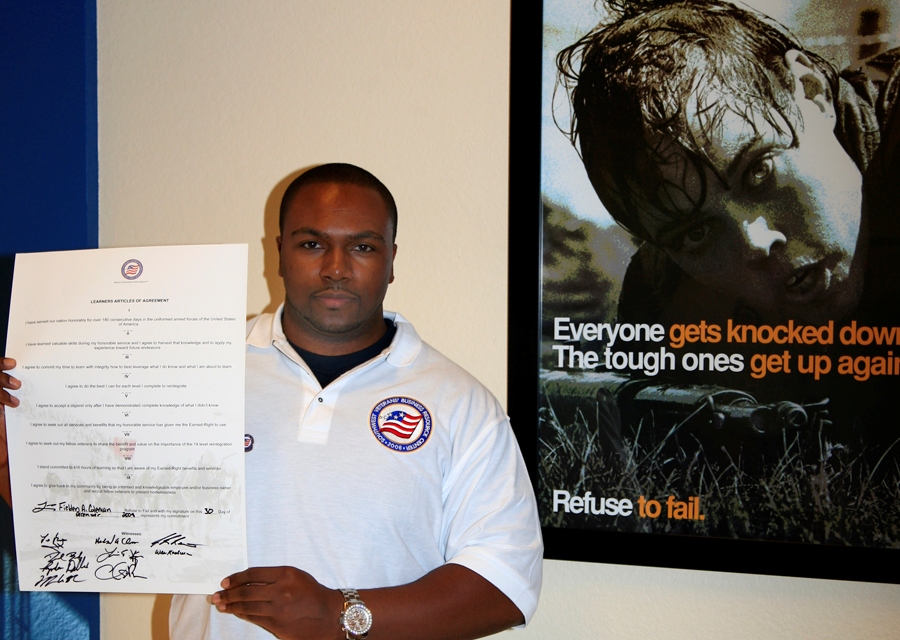
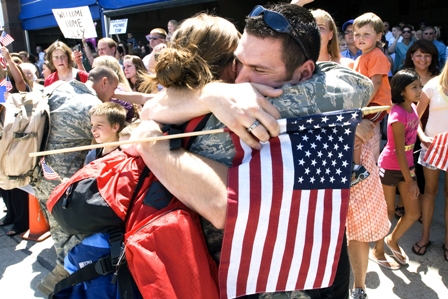 A welcoming home for our Troops.
A welcoming home for our Troops.